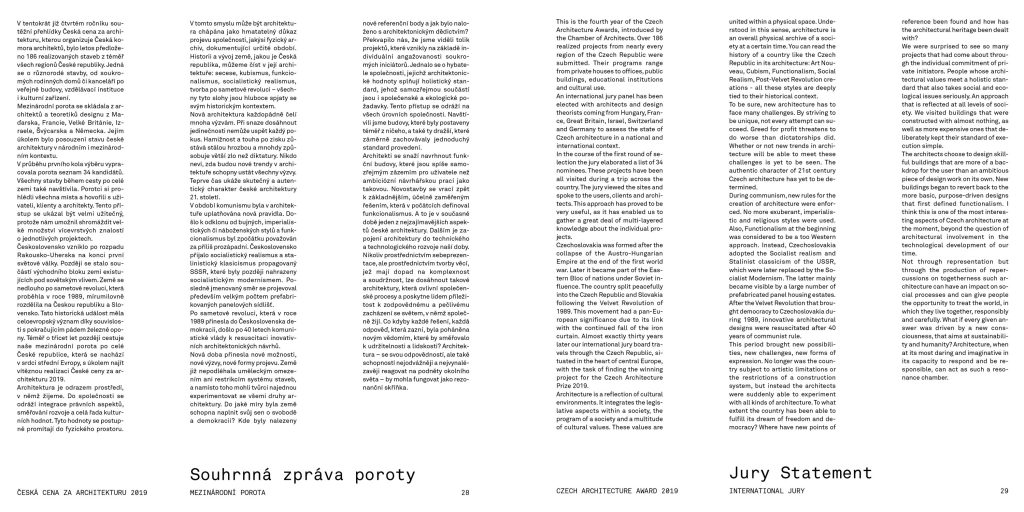Walter Collection, Hannover
Energetic optimization of the existing building, moss garden
For better thermal insulation of the lightweight concrete masonry the existing building was equipped with a back-ventilated curtain facade. Similar to the plumage of a bird the slate façade as external skin protects from water and the cold, on the other hand it serves as camouflage and as means of visual communication.
The local conditions like, for example, a sandy, nutrient-poor and acidic soil make it possible to create a moss garden, which can also survive under snowfields. Where normal flowering plants cannot grow cotton gras, saxifrage, lycopod, cranberries, sundew, bell heather and moor orchids can thrive.
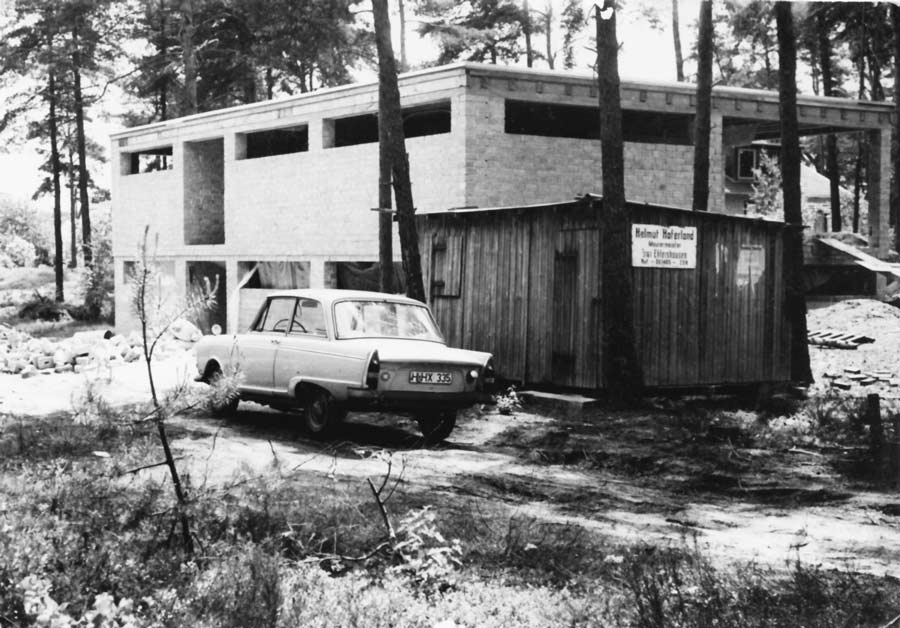
Shell construction, 1973

Local eagle owl

Plumage
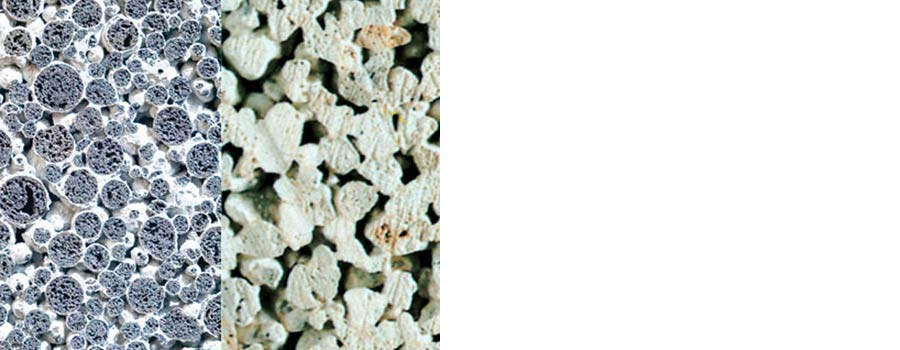
Existing masonry block, lightweight concrete with enclosed expanded clay

Plates of argillaceous slate
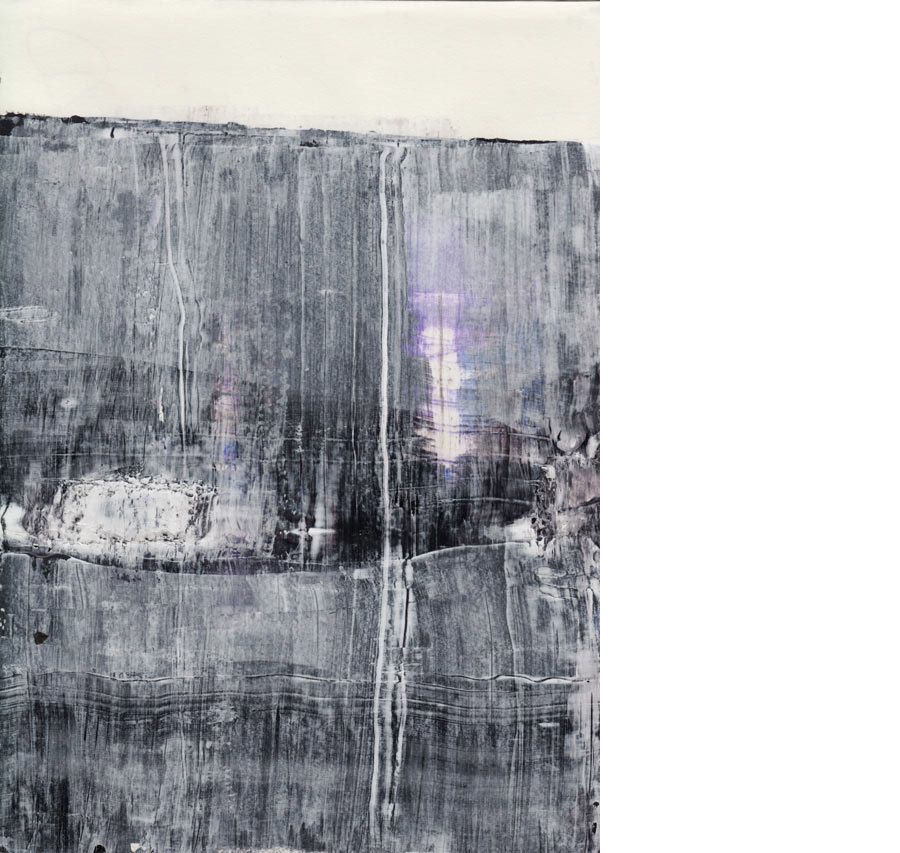
Schistosity with blackish-grey, bluish-grey, greenish, yellowish, red and purple colour.
Oil and chalk paint on cardboard, 14,8 x 10,5 cm, 2000
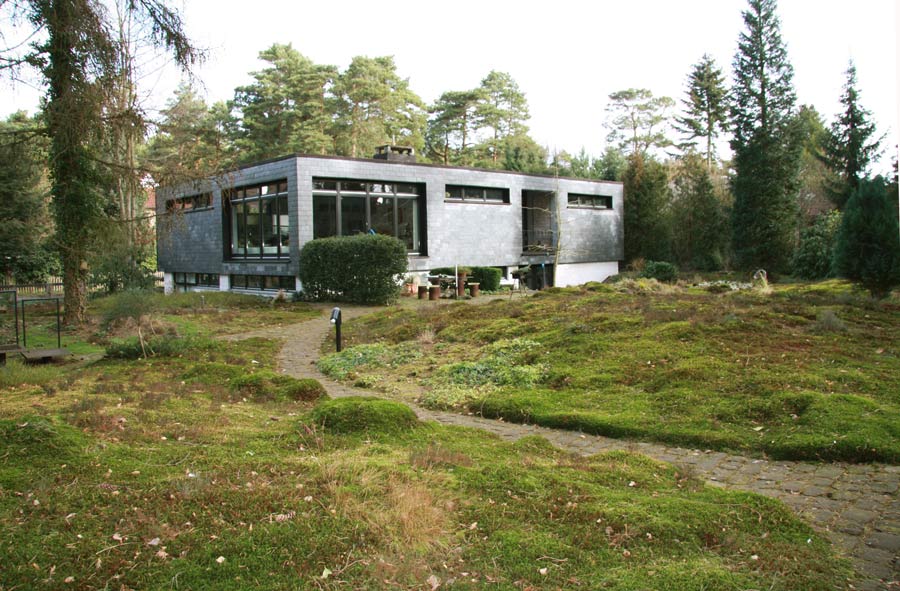
Winter view, south-west
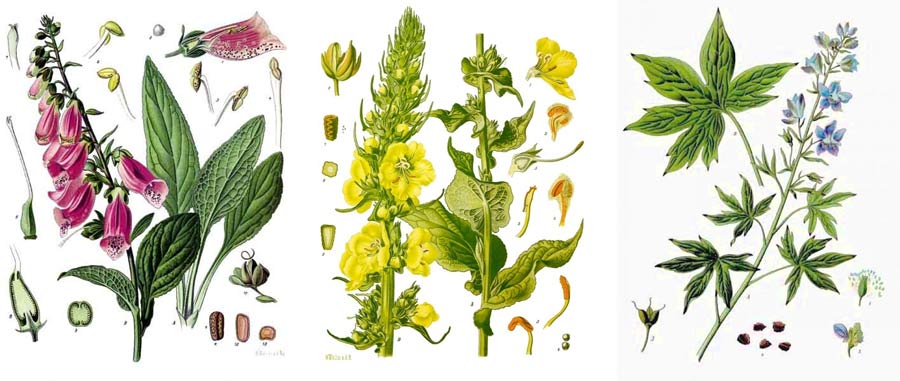
foxglove, mullein, larkspur
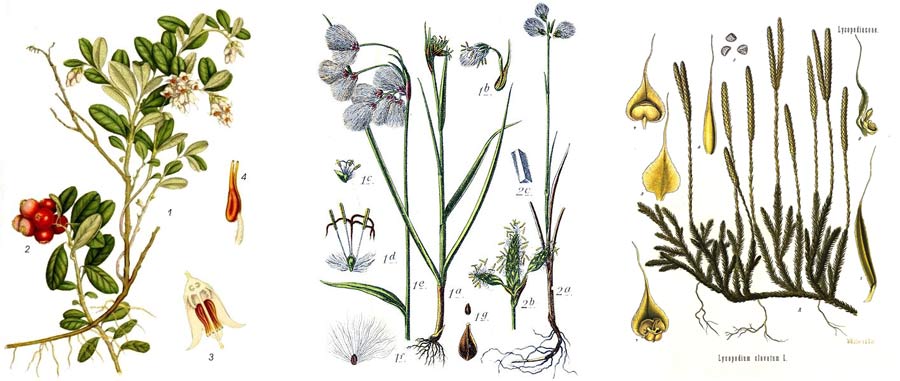
cranberry, cotton grass, lycopod
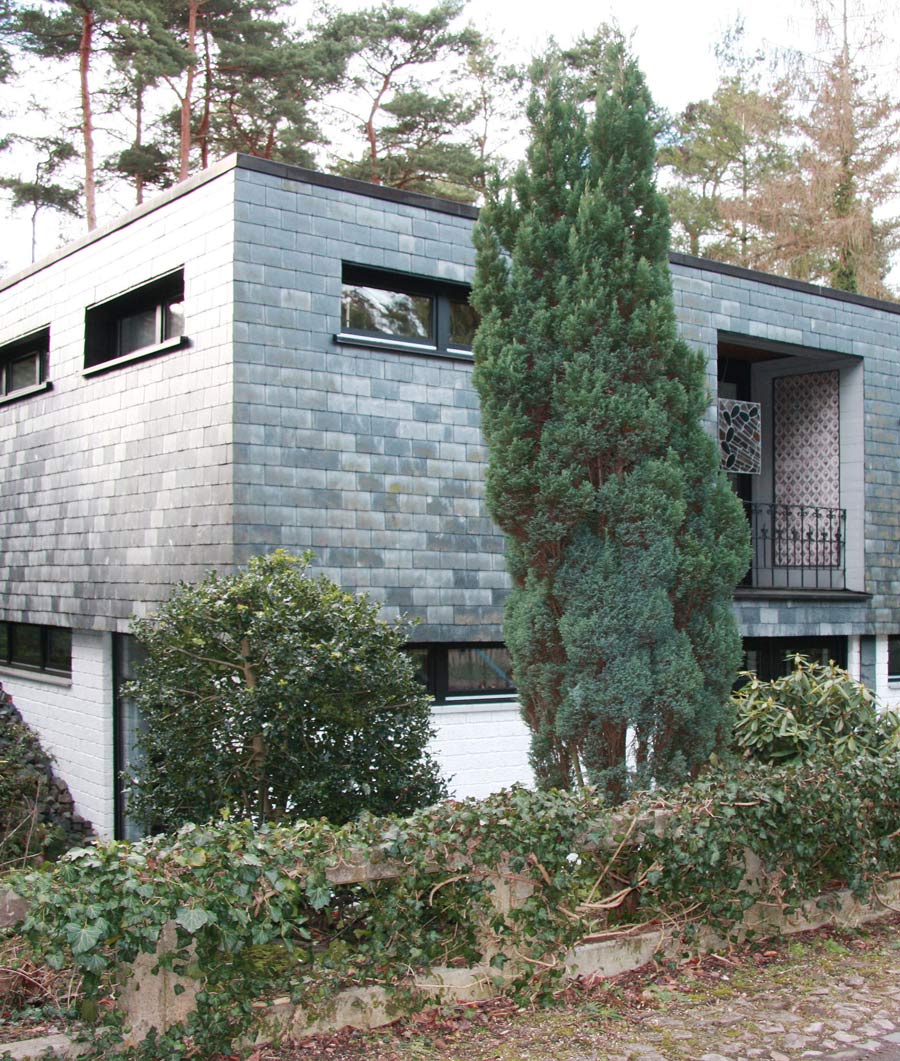
Winter view, north-east
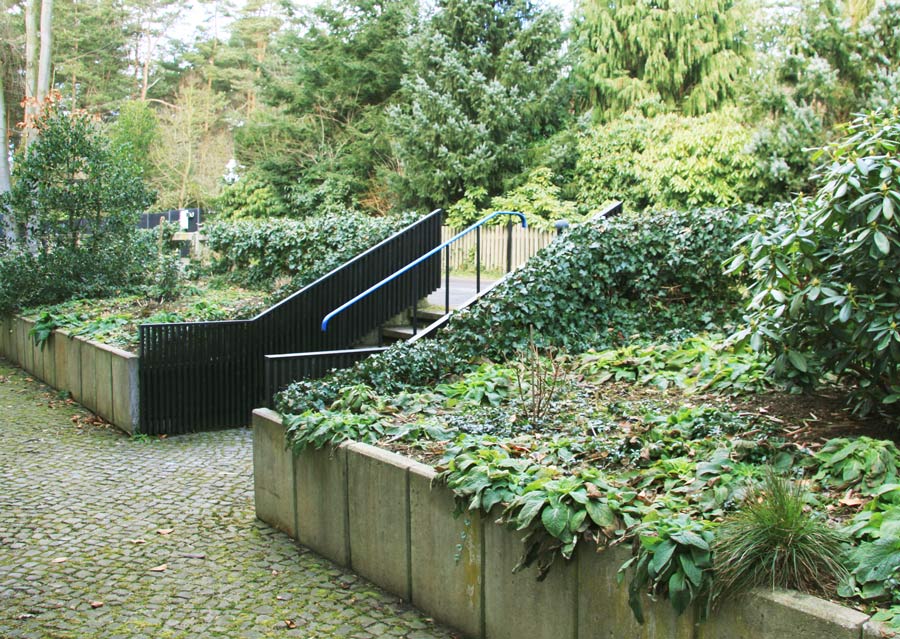
Entrance area with figwort plants
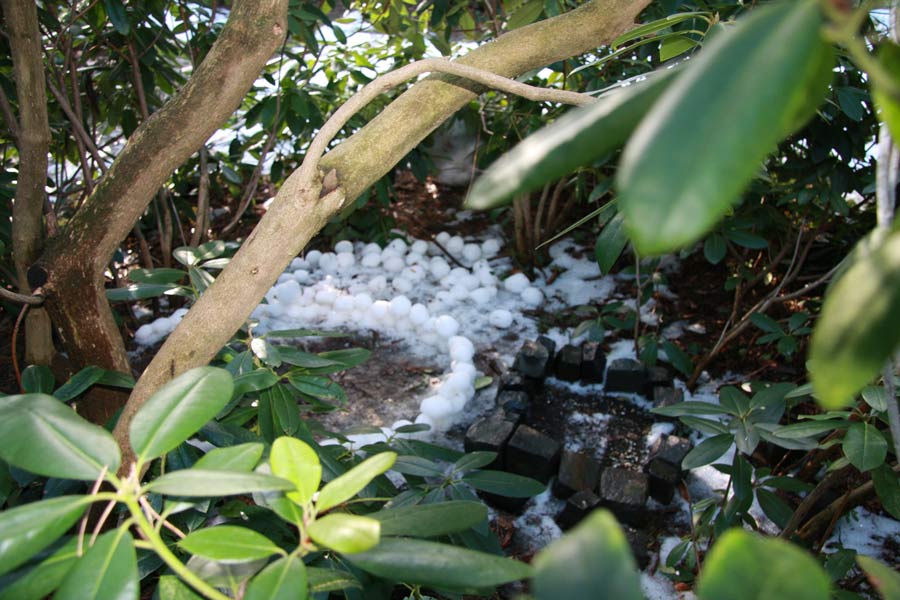
Secret garden
| Program | Energetic renovation (façade, roof, windows, oil condensing boiler), renaturation of the exterior spaces |
| Status | Realization |
| Location | Hannover, Deutschand |
| Area | Facade: 200 qm, Garden: 2000 qm |
| Construction | Back-ventilated façade, multi-layer layout |
| Services | Program and location analyses, artistic concept, technical concept, design planning, realisation, construction supervision |
| Date | 2000 |

